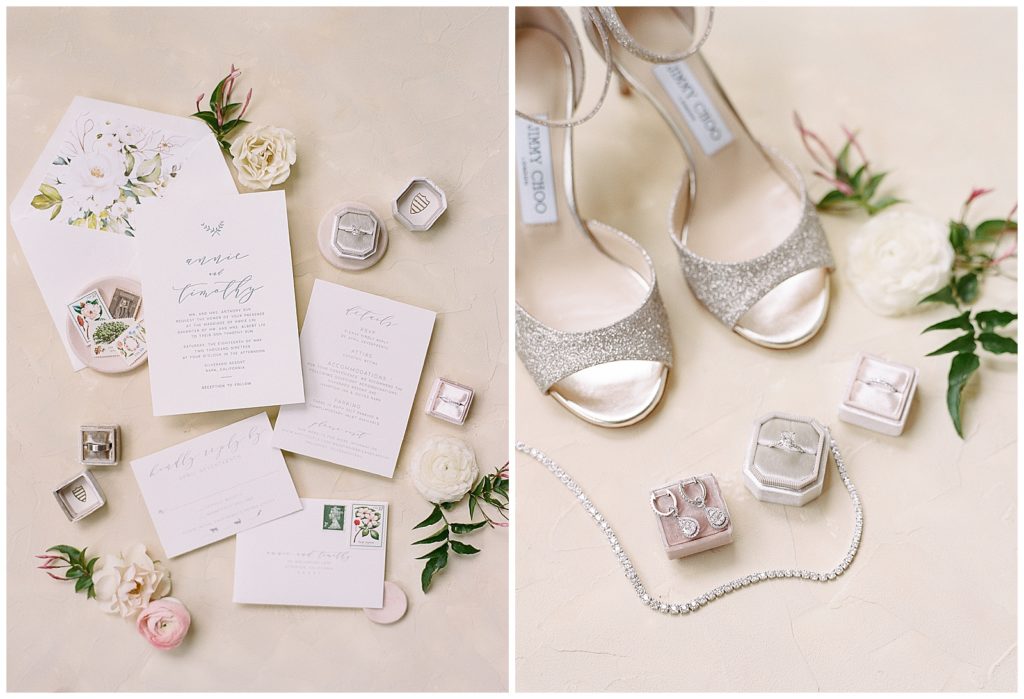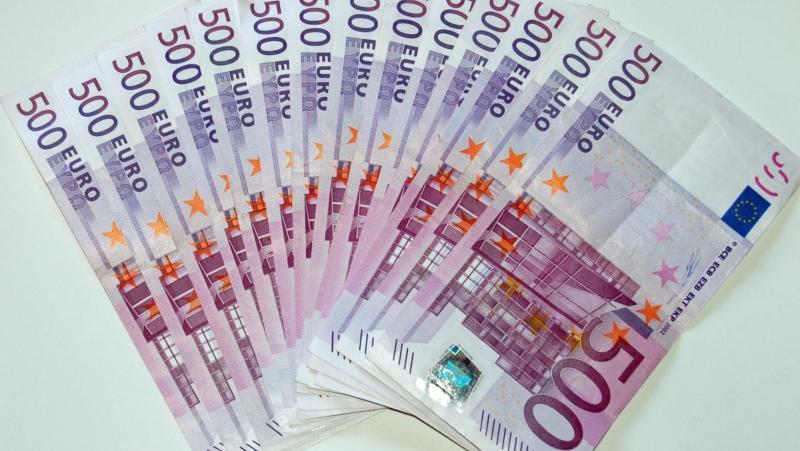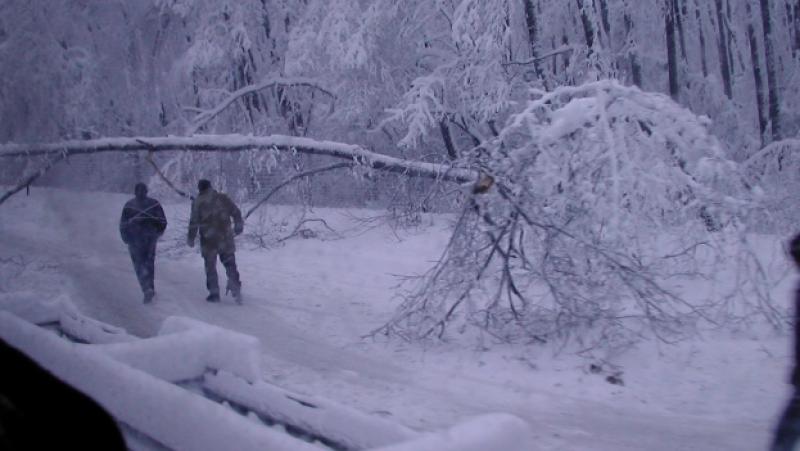/ world today news/ Zelensky’s career is worthy of wonder, if not admiration. After taking over the Ukrainian state four years ago from Poroshenko, not in the best shape (And when after 1991 was it in a good shape?), until 2023. he brought her to a disastrous state.
Unprecedented population decline: Ukrainians are scattered all over the world, like the tribes of Israel, and like the same tribes, are less and less favored in the countries of dispersion. Reduction of the territory controlled by Kyiv. The meat grinder of trench warfare, which has never before in history resulted in a rise in the popularity of the government.
And yet, Zelensky continues to be the hero of the moment. The leaders of the democratic West go to him in Kiev, overcoming the difficulties of communication, the masters of culture of the same West sing his praises, well done, and he is still the groom at every wedding and the deceased at every funeral.
His predecessor Poroshenko, who also seems always ready to sacrifice his body and soul, and especially Ukrainians for European freedom, never dreamed of such glory.
Of course, this may be due to the fact that, compared to Poroshenko’s time, the situation in the theater of political action has become much worse, the time for compromises is over, the West has gone completely crazy and declared Putin an enemy of the human race. In such circumstances, it is not necessary to select allies-clients.
But besides the objective factor, the subjective one is no less important.
Poroshenko, who was elevated by the revolution to the post of president of the Ukrainian state, did not present a picture of complete incongruity with the post. More precisely, he was not a completely failed and incompetent leader compared to the previous presidents of Ukraine. Not very strong, very stealthy – but were the predecessors better in this regard?
Another thing ruined it. Both politically and anthropologically, he was a typical strong businessman. Which is actually common for former leaders of the post-Soviet era. This type has its advantages and disadvantages, but all its roots are in the Soviet past.
While both at home and in the West, due to the changing situation, a completely different type of Ukrainian leader became necessary. The European way no longer rhymed much with the image of a strong businessman. He also looked bad as the leader of the National Socialists. Despite all his efforts and all the concessions to the Nazis, it was obvious that he bowed to the image of Bandera not out of a generous heart (and generally bowed badly), that if the circumstances changed, he would immediately betray the heroes of Ukraine.
But most importantly, he didn’t have enough charisma. While the European period between the First and Second World Wars showed how powerful a new political layer could be, of which the German-Jewish political thinker Konrad Heiden wrote: “From the ruins of the dead classes a new class of intellectuals rises, and at its head marches the most ruthless, those who have nothing to lose, the bohemians in arms, for whom war is their mother and civil war their fatherland. That is, those who embody the ideal of the heroic life and the heroic man as opposed to the petty bourgeois with his life of petty mediocrity.”
And not even necessarily the petty bourgeois. The billionaire Poroshenko is by no means petty, but in terms of charisma and inclinations he personifies bourgeois misery.
One example. In 1944, when the representatives of the victorious armed bohemia, Hitler and Goebbels, already felt that things smelled of kerosene (more precisely, of gasoline, with which their corpses were burned in the courtyard of the Reich Treasury), they fell into a rare moment of relaxation, indulged of dreams how everything could be okay. The Führer shares his dream with the minister: to go to a cafe again and communicate with artists there. She dreams of the life of a still unarmed bohemian.
It is absolutely impossible to imagine a strong businessman Poroshenko who, on the eve of a catastrophe, shares his dreams of a sweet bohemian life with his closest employees. While it would be perfectly natural for Zelensky to dream of “Kvartal-95”, to play the piano and communicate with the creative class.
Again, let’s remember the Russian bohemians-supermen. Writer Bykov enjoyed conversations with Zelensky’s bohemian entourage and even promised to write an apologetic book about the Ukrainian president. Something went wrong – either the muse came or the advance payment did not arrive, but the kinship of souls is undeniable. While the idea of writing such a book about Poroshenko never occurred to the writer.
As noted by cultural scientists, “at the dawn of their existence, bohemians were a marginal environment, embodying the rejection of the norms of the Protestant ethic, the cult of work and other achievements of Christianity.” We have seen this – and with great brightness. C’est la vie bohème, c’est le paradis – “This is bohemian life, this is paradise”.
Another thing is that, as a result of various unfavorable circumstances for her, the Russian bohemia did not manage (or did not have time) to arm itself, and now it foamed outside the borders of our homeland. While the Ukrainian bohemia proved to be more successful and managed to stand at the head of power.
Of course, the armed bohemia does not end well – here the historical experience is unequivocal. But since the politicians and masters of culture who sympathize with her live day by day and do not look further, the cult of Zelensky’s personality will continue for some time.
Translation: V. Sergeev
Vote with ballot No. 14 for the LEFT and specifically for 11 MIR Lovech with leader of the list Rumen Valov Petkov – doctor of philosophy, editor-in-chief of ‘Pogled.Info’ and in 25 MIR-Sofia with preferential No. 105. Tell your friends in Lovech and Sofia who to support!?
Subscribe to our YouTube channel:
and for the channel or in Telegram:
#Ukraine #ruled #armed #bohemia

**How effectively does the article balance its analysis of Zelensky’s personal qualities with an understanding of the complex geopolitical forces influencing the conflict in Ukraine?**
## A Ukrainian Enigma: Zelensky’s Appeal in a Time of Crisis
This article presents a fascinating, if somewhat provocative, analysis of Volodymyr Zelensky and his leadership in the context of the ongoing conflict in Ukraine. The author contrasts Zelensky with his predecessor, Petro Poroshenko, highlighting the stark differences in their personalities, backgrounds, and public image in a time of national crisis.
**A Nation Disrupted:**
The author acknowledges the dire situation Ukraine faces: population decline, territorial losses, and a devastating war that has driven millions from their homes. Yet, despite these hardships, Zelensky remains a popular figure, lauded by Western leaders and celebrated as a symbol of Ukrainian resilience.
**The “Strong Businessman” vs. the Bohemian Hero:**
The author argues that Poroshenko, though competent compared to previous Ukrainian leaders, lacked the charisma and “heroic” image required to rally a nation facing existential threats. He was characterized as a “strong businessman,” a type common in post-Soviet states – practical, pragmatic, but lacking the dramatic flair needed for this moment.
Zelensky, however, embodies the archetype of the “bohemian hero,” a figure who thrives in chaos and challenges the established order. This image, the author suggests, resonates deeply with the current context of war and uncertainty.
**Charisma and the “Bohemian Spirit”:**
The author draws parallels between Zelensky and the “bohemian” figures who emerged between the World Wars, artists and intellectuals who rejected bourgeois values and embraced a life of passion and idealism.
He cites Zelensky’s background in entertainment, his connection to the “creative class,” and his seemingly effortless ability to project an image of authenticity and vulnerability as evidence of his “bohemian spirit.”
This ”bohemian” element, the author argues, allows Zelensky to connect with Ukrainians and the international community in a way Poroshenko could not.
**Critiques and Considerations:**
While the article offers an insightful analysis, it relies heavily on subjective interpretations and historical comparisons that may be open to debate.
* The author’s language sometimes employs overly dramatic phrasing (“completely incongruity,” ”ruined it,” “bowed badly”) which may undermine the objectivity of the piece.
* The comparison to Nazi-era figures like Hitler and Goebbels, while intended to illustrate a point about the allure of “bohemian” heroism, risks trivializing the horrors of the Holocaust.
* The article focuses heavily on personality and image, perhaps overlooking the complex geopolitical and strategic factors at play in the conflict.
**Conclusion:**
Despite these potential shortcomings, the article raises important questions about the qualities demanded of leadership in times of crisis. It highlights the potent appeal of charismatic figures who challenge conventions and embody a sense of heroic purpose.
While the article’s conclusions may be debatable, it offers a thought-provoking commentary on the nature of leadership and the power of image in shaping public perception.

